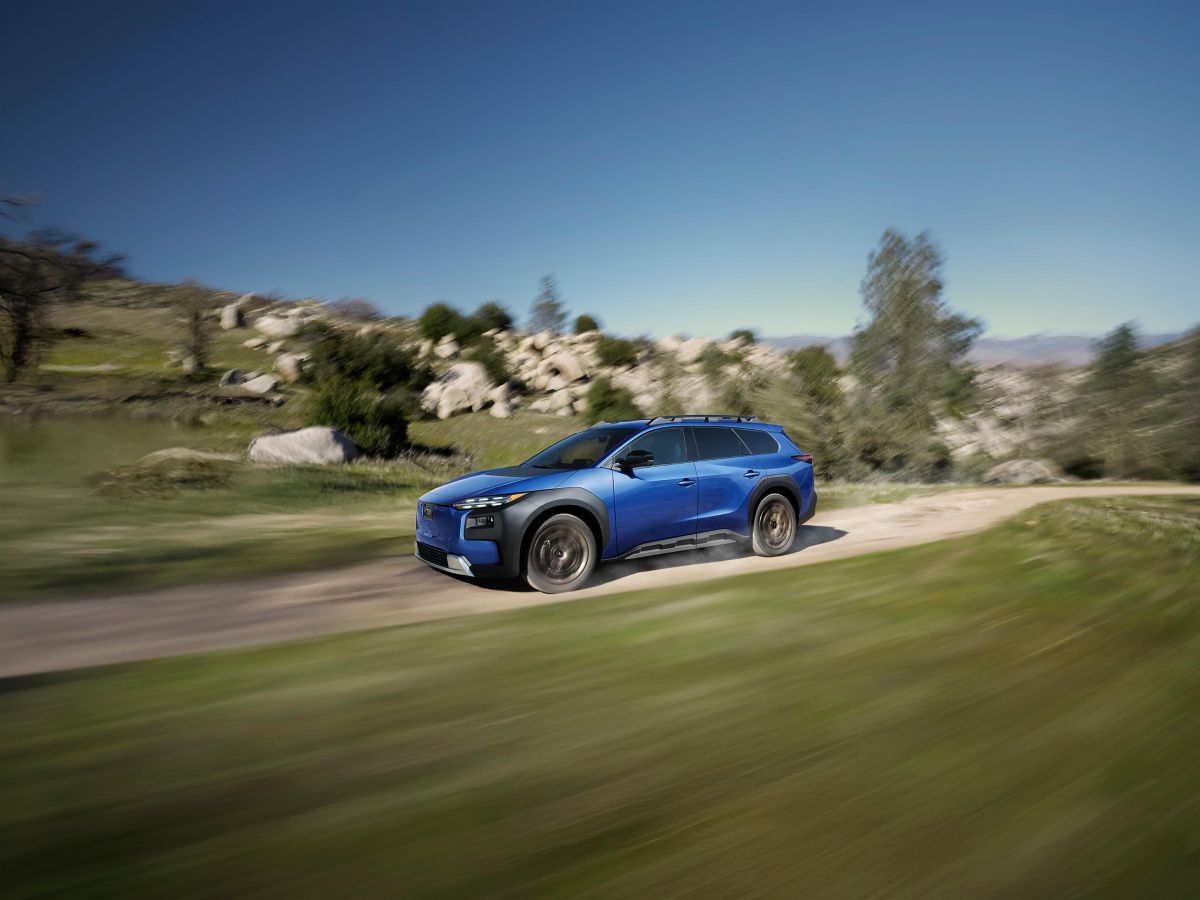Subaru recently unveiled a new electric SUV that includes several collision avoidance technologies at a time that consumers say such tools will be a vital distinguishing feature for electric vehicles in coming years.
The Trailseeker will launch in 2026, and incorporate Subaru’s “EyeSight driver assistance technologies, including pre-collision braking, front cross-traffic alert, blind spot monitors, lane departure alert, emergency stop assist and lane change assist, in addition to other collision avoidance mechanisms, according to a press release.
EyeSight “monitors traffic movement, optimizes cruise control, and warns you if you sway outside your lane,” according to Subaru’s website.
In an international survey of nearly 20,000 respondents, consumers indicated that advanced driver assistance systems (ADAS) will surge in importance for people’s car purchasing decisions 10 years from now.
Given 13 characteristics to choose from, respondents in the U.S. predicted ADAS systems will increase from the 10th most important differentiator in EV purchases today to the second most important differentiator in EV buying decisions by 2035, according to the McKinsey survey results, released in April.
Chinese respondents projected ADAS technologies will be the most important distinguisher in 10 years, up from the fourth most significant element in 2025, while European survey participants surmised that ADAS tools will rise from the 10th most important differentiator in EV sales to the fourth most important factor a decade from now.
Between February and mid-March, the McKinsey Center for Future Mobility analyzed survey responses from 19,491 respondents across the U.S., China, France, Germany, Italy, and the UK, according to the company’s report.
The Trailseeker is Subaru’s second all-electric SUV, following the 2023 debut of the Subaru Solterra. Subaru announced the Trailseeker during the 2025 New York International Auto Show.
OEMs are naturally looking to gain an edge in U.S. EV sales, as these purchases compose only about 10% of vehicle sales in this country, compared to 21% in Europe and 50% in China, according to the McKinsey report.
Subaru is also working to set its 2026 Solterra apart from other models, giving it over 25% more driving range compared with prior Solterra EV models, according to another press release.
Forty-three respondents to the McKinsey survey cited driving range as a tipping point in favor of an EV purchase, more than any other category.
Higher charging speed notched fourth place on that list, behind lower purchase prices for internal combustion engine vehicles and availability of charging stations equivalent to the current gas station network.
About 24% of participants indicated higher charging speed as a factor that would motivate consumers to more seriously consider EV purchases.
For its Solterra, Subaru noted a charging time of “less than 35 minutes” to climb from a 10% charge to an 80% charge at fast charging ports. According to the Electric Vehicle Database, 2022-2025 models of the Solterra had an average charging speed of 28 minutes at fast charging points, referring to ports with a charging speed of up to approximately 150 kilowatts.
Subaru EV owners will be able to charge at more than 15,000 Tesla superchargers across North America, the company said.












Brian Bradley